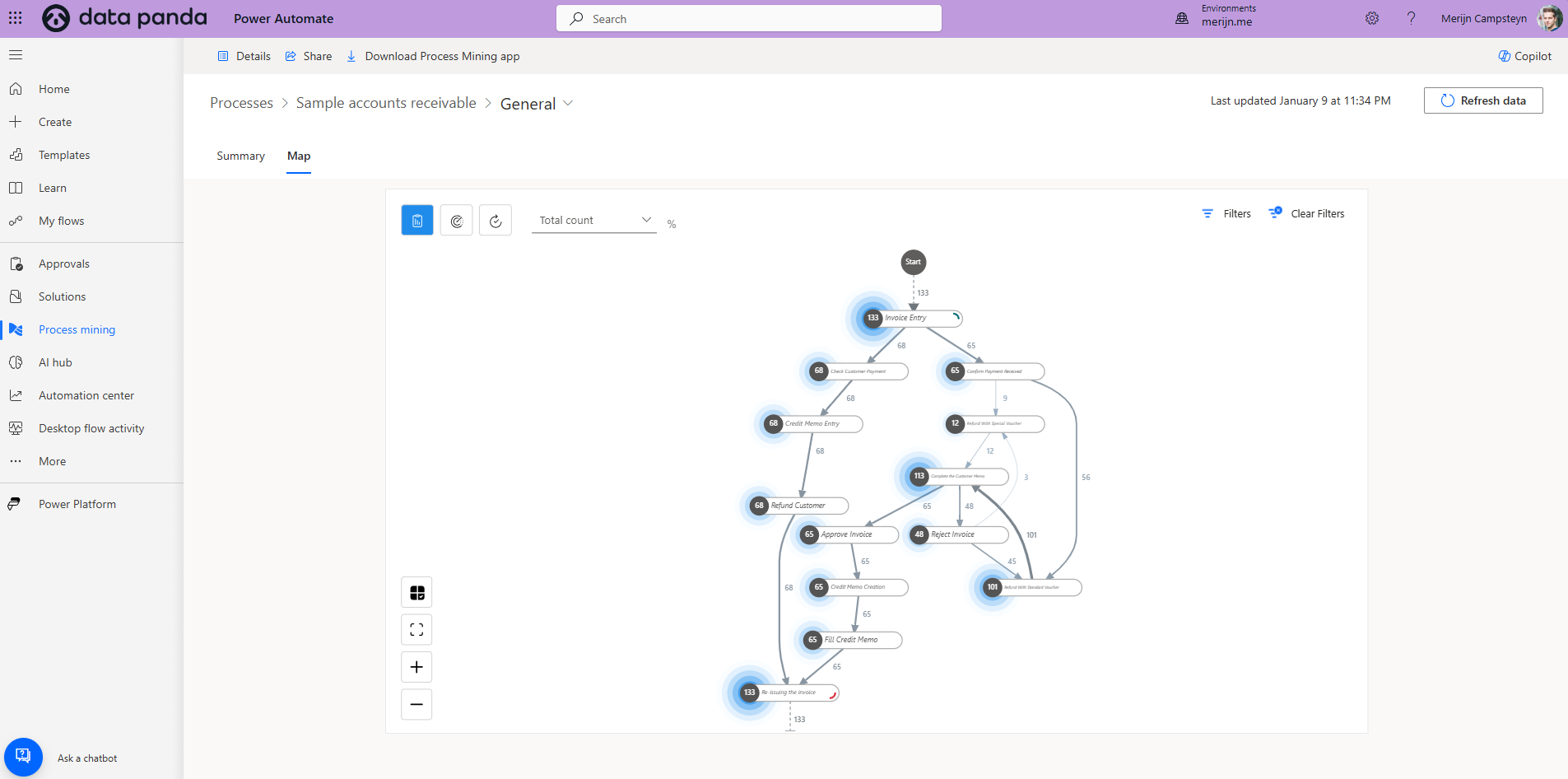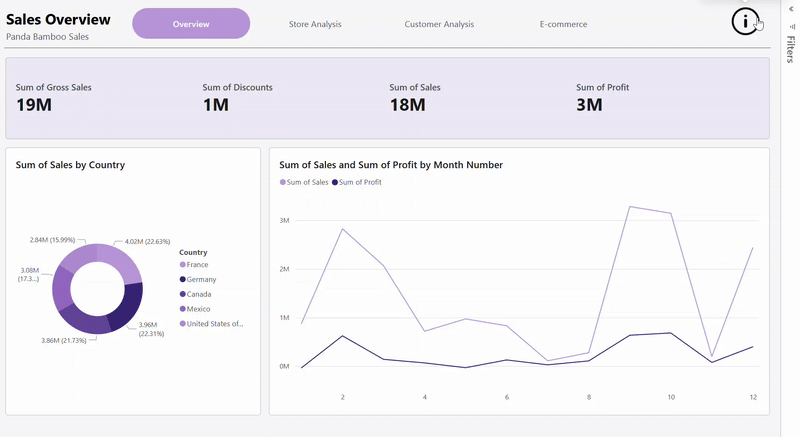VBA or Office Scripts? What's the difference and which one to pick?
If you’ve worked with Excel for a while, chances are you’ve written or used a VBA macro at some point. It’s been around forever and has saved people from hours of repetitive work. But lately, something’s changed. More and more companies have moved their files to OneDrive or SharePoint Online. Teams open the same file in Excel for the web, and suddenly, those trusty macros stop working.
That’s where Office Scripts come in. Microsoft built them for the cloud era. But what exactly is the difference between VBA and Office Scripts? And when should you use which? Let’s break it down.
VBA: the classic Excel automation
VBA (Visual Basic for Applications) lives inside your Excel workbook. It’s great for automating manual work on your computer, and it can control almost everything in Excel.
Why people still love it
It works offline, straight from your desktop.
It’s flexible and lets you automate just about anything.
It can talk to other Office apps like Outlook or Word.
But here’s the catch
VBA doesn’t work in Excel for the web.
Files with macros (.xlsm) often get blocked for security reasons.
Every workbook holds its own code, so maintenance can be a mess.
Many companies disable macros altogether for safety.
If your team mostly works in Excel Desktop and relies on local files, VBA still does the job. It’s perfect for automations that run on your own machine, like generating PDFs, updating local folders, or sending emails through Outlook.
Office Scripts: automation for the cloud
Office Scripts were designed for people who use Excel in the browser. They’re written in TypeScript (a simplified version of JavaScript) and run in the cloud instead of on your computer.
Why it’s becoming more popular
It works perfectly with Excel files stored in OneDrive or SharePoint.
You can combine it with Power Automate to run tasks on a schedule.
It’s safe. There are no scary macro warnings or blocked files.
Everyone with access can run the same script — no version issues.
But it’s not perfect
It doesn’t run in Excel Desktop.
Some advanced formatting or chart actions aren’t supported yet.
You need a Microsoft 365 Business or Enterprise license.
You’ll need to be comfortable with a bit of coding logic.
If you’re building shared reports or want to automate daily refreshes and notifications, Office Scripts are the way to go.
Working in mixed environments
This is where many teams get stuck. Some colleagues use Excel on their desktop. Others open the same file in the browser.
Here’s what works best in each case:
Situation | What to use |
|---|---|
File stored on your local computer | VBA |
File in OneDrive or SharePoint, opened in browser | Office Script |
You want to run something automatically every morning | Office Script with Power Automate |
You need access to local folders or PDF exports | VBA |
You want one version that everyone can use online | Office Script |
A quick note: VBA macros won’t run at all in Excel for the web. And Office Scripts don’t show up if you open the same file in desktop Excel. If you’re moving to Microsoft 365, you’ll have to pick a lane.
When to use what
Stick with VBA
Your workflows depend on local files.
You mainly use Excel Desktop.
You already have working macros that don’t need to run online.
Go with Office Scripts
Your files live in OneDrive or SharePoint.
You want scheduled or automated flows.
Your team shares and edits reports in the browser.
You’re using Power Automate or Teams for collaboration.
Moving from VBA to Office Scripts
If your company is moving to Microsoft 365, don’t panic. You don’t need to rebuild everything overnight.
Start small:
Keep your existing VBA macros running locally.
Identify automations that are tied to shared or cloud files.
Recreate those in Office Scripts and connect them to Power Automate.
Gradually phase out old macros that rely on local folders or outdated add-ins.
It’s a bit of work upfront, but once you’ve made the switch, you’ll notice the difference. No more version chaos, no more macro security warnings, and your automations will keep running even when your laptop is off.
A quick comparison
Feature | VBA | Office Scripts |
|---|---|---|
Runs in Excel Desktop | Yes | No |
Runs in Excel for the web | No | Yes |
Works with files in OneDrive/SharePoint | Limited | Yes |
Programming language | Visual Basic | TypeScript (JavaScript) |
Works with Power Automate | Indirect | Yes |
Security prompts | Yes | No |
Best for | Local workflows | Cloud workflows |
VBA has been the backbone of Excel automation for decades, but it was built for a world where everything lived on your computer. Today, with files moving to the cloud and teams collaborating in real time, Office Scripts are the next step forward.
If you still work mostly on your desktop, VBA will keep doing its job just fine. But if your company is all-in on Microsoft 365, it’s worth learning how Office Scripts and Power Automate can take over.
At Data Panda, we see this shift happening with many of our clients. The move from local workbooks to cloud-based reporting doesn’t just change where your data sits, it changes how your automation works too. The good news? Once you’ve made the jump, everything becomes simpler, cleaner, and more reliable.


